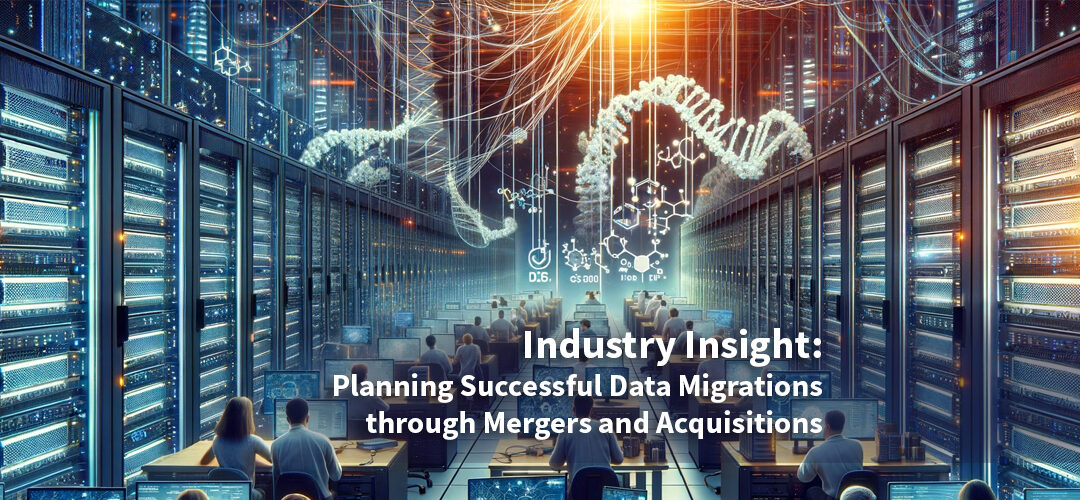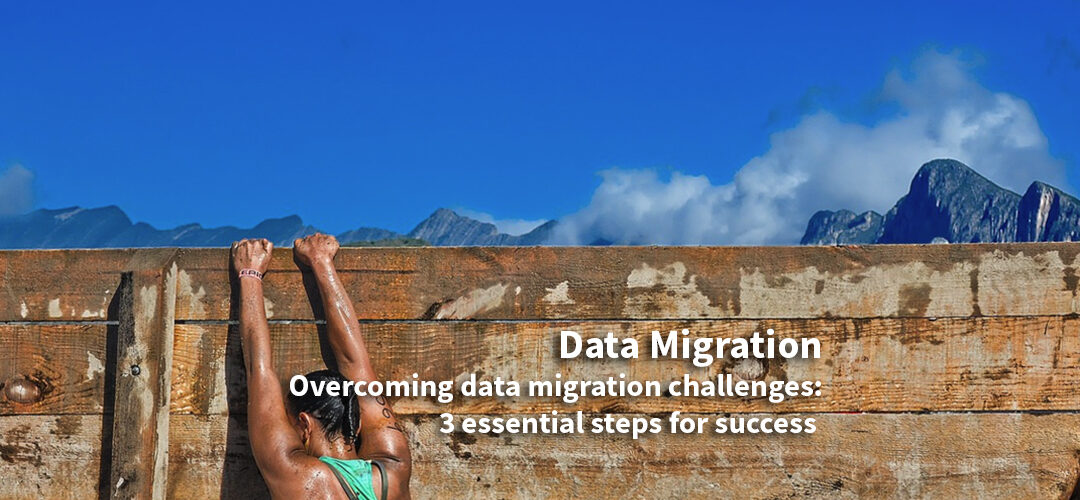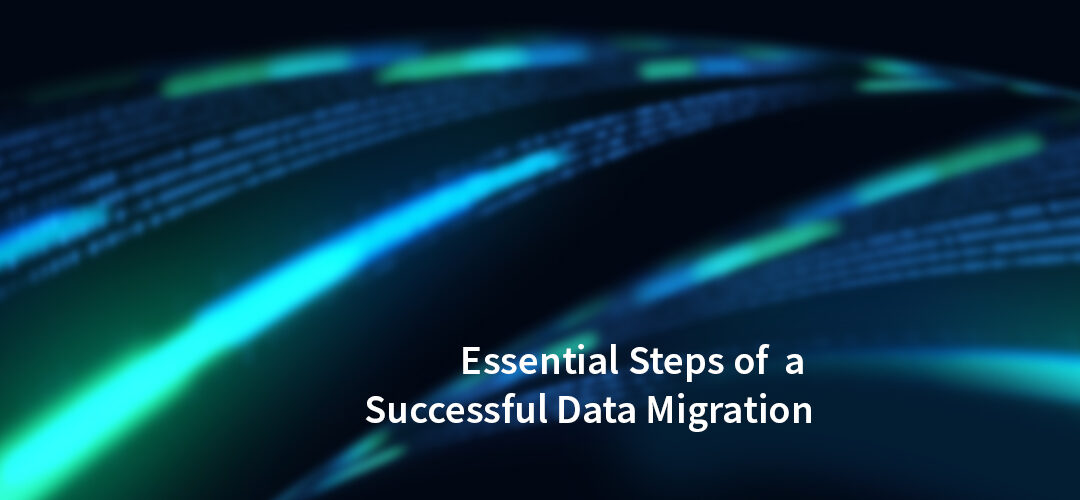
Planning Successful Data Migrations through Mergers and Acquisitions
In today’s business environment, mergers and acquisitions have become increasingly frequent. Large and medium size corporations acquire firms for many reasons: to expand their markets, enter new markets, or minimize their competition. Once the financial deal is done, the real work of bringing together disparate companies, cultures, and content begins, and it’s not for the faint of heart. Mergers and acquisitions create substantial risks, many with steep financial consequences for all parties involved if they are handled incorrectly. Below are some of the challenges fme has encountered in our projects, some specific examples, as well as strategies we have used to ensure our clients’ success after the dust settles.
Common Challenges in Mergers and Acquisitions
Every merger or acquisition is a complex challenge to combine the people, processes, technology, and content from two or more sources. The way data is saved, naming conventions, and base data structures can all be vastly different, and scaled into large volumes of data, the entire project can quickly become a technical nightmare. Here are a few of the frequent high-level challenges we’ve encountered:
- Cultural and organizational differences
- Legacy system data volume and scale
- Decommissioning timeline of legacy systems
- Differing data structures between legacy and target system
- Data security and compliance during migration
- Content and metadata extraction limitations (i.e., throttling) in legacy systems
Another common situation: the technical teams and subject matter experts that know the legacy systems, data, and document history may not be entirely cooperative, may be leaving the company too soon, or are already completely unavailable.
Critical Risks during Mergers and Acquisitions
The challenges above combined with the human issues and attitudes during the process can be amplified to create substantial financial and organizational risks during a platform consolidation project:
- Compromised data security and non-compliance – Data breaches and non-compliance with industry regulations and data protection laws can lead to legal actions, fines, and penalties imposed by regulatory authorities. This can result in substantial financial costs, reputation damage, or even suspension or revocation of regulatory approvals for pharmaceutical products. In some cases, compromised data security during a merger can result in data breaches and the exposure of sensitive patient and clinical trial information, leading to privacy violations, identity theft, and additional legal liabilities. Ultimately, if not adequately overseen during a merger migration project, there is a risk of intellectual property being compromised or stolen.
- Data loss or corruption during migration – fme is frequently called in to repair this issue. A poor system migration and consolidation strategy can lead to the loss of critical intellectual property, proprietary information, and trade secrets, harming an organization’s competitive advantage. If critical data is unavailable, it can also disrupt normal business operations, leading to downtime and productivity loss. Data inconsistencies can affect data accuracy and reliability in the new target environment. The effort to recover from a poor migration can become a costly resource drain; complex data loss requires significant time, effort, and resources, diverting attention from other critical business goals.
- Incomplete data migration – Incomplete data migration may result in data gaps and inconsistencies that affect data integrity and quality. It can also result in non-compliance with regulatory authorities leading to fines, legal actions, and damage to the organization’s reputation. In highly regulated Life Sciences industries like pharmaceutical development and manufacturing, the risks escalate to delayed drug development, inaccurate reporting to authorities, or incorrect research findings. Missing or outdated patient and clinical trial data can potentially affect the safety and efficacy of drugs and treatments, creating real-world risks to patients and potential product recalls. Regulatory agencies routinely conduct audits and inspections, and an incomplete data migration can lead to audit findings and increased scrutiny from regulators.
It’s understandable to view some of the risks outlined as overly severe or as worst-case scenarios that rarely occur. However, our team at fme has extensive experience and, regrettably, we have witnessed each of these scenarios unfold. Conversely, it’s important to recognize that these challenges and risks can be effectively managed with a thorough understanding of the scope and requirements involved in a complex merger and acquisition project.
fme Strategies for Success during Mergers and Acquisitions
fme leverages many strategies to eliminate the challenges above and minimize the risks during merger and acquisition migrations. Here are some that we employ to ensure our clients’ success:
- Systematic, proven processes – fme has an exceptional team of highly talented and experienced data migration experts. We’ve been doing this for over 20 years for the largest regulated and non-regulated firms on the planet. We have developed a clear set of proven steps to define client requirements, and then to classify, migrate, and validate all information to ensure it is available in the target solution.
- Overcoming data volume and scale – Migrating substantial data volumes in most mergers and acquisitions presents a major challenge. fme overcomes this challenge by leveraging our proprietary data migration solution migration-center. First of its kind on the market, we specifically designed this unique tool to easily scale for large and small data volumes being migrated between an extensive range of source and target platforms. For example, for a global pharmaceutical company that acquired two biotech firms, fme successfully migrated into production ~2 million document objects with 18 TB of content within a 5-month project timeline. Learn more about migration-center here >>
- Data Security and Compliance – Data security and integrity are paramount across all fme project teams. We conduct thorough risk assessments and implement robust data protection measures and access controls throughout the migration lifecycle. Internally and externally, we adhere to the highest security standards to ensure our clients’ data is controlled and protected from end to end.
- Data loss and corruption during migration – To mitigate the consequences of data loss/corruption during migration, fme employs proven data migration best practices from hundreds of previous migrations. In each project, we conduct thorough incremental and phased testing before a production cut over migration. Once the migration is complete, we execute comprehensive tests to verify the production data is the correct, complete data.
Each migration is unique and comes with its own set of obstacles and surprises. Over hundreds of successful projects, we’ve developed and proven a clear set of strategies, processes, and checkpoints that ensure success in any merger and acquisition migration initiative. The key is to understand the details so small issues don’t grow into giant problems.
Conclusion
Data migration during mergers and acquisitions involves complex, varied challenges. The significance of the data increases the likelihood of consequential mistakes, and the task of integrating different systems while ensuring data integrity, adherence to regulations, and security becomes highly demanding.
fme excels in intricate environments with our detailed planning and a strong technological migration structure. Through our experience, we are equipped to handle data complexities with unique proficiency and recognize both the challenges and opportunities for improvement in merger and acquisition migrations. This approach uncovers new possibilities and untapped value in content libraries. We consistently achieve successful outcomes, maximizing the value of our clients’ technology investments.
Contact fme about your Merger and Acquisition Challenges
Contact us to start your discussion on how to minimize the risks in your next merger and acquisition data consolidation. fme’s team of experts can help you plan your roadmap before your team gets lost in a forest of frustration and delays. From the most effective platforms to efficient data schemas, fme has a clear path that unites your newly combined people, processes, and technology for organizational success.
 fme AG
fme AG fme SRL
fme SRL



